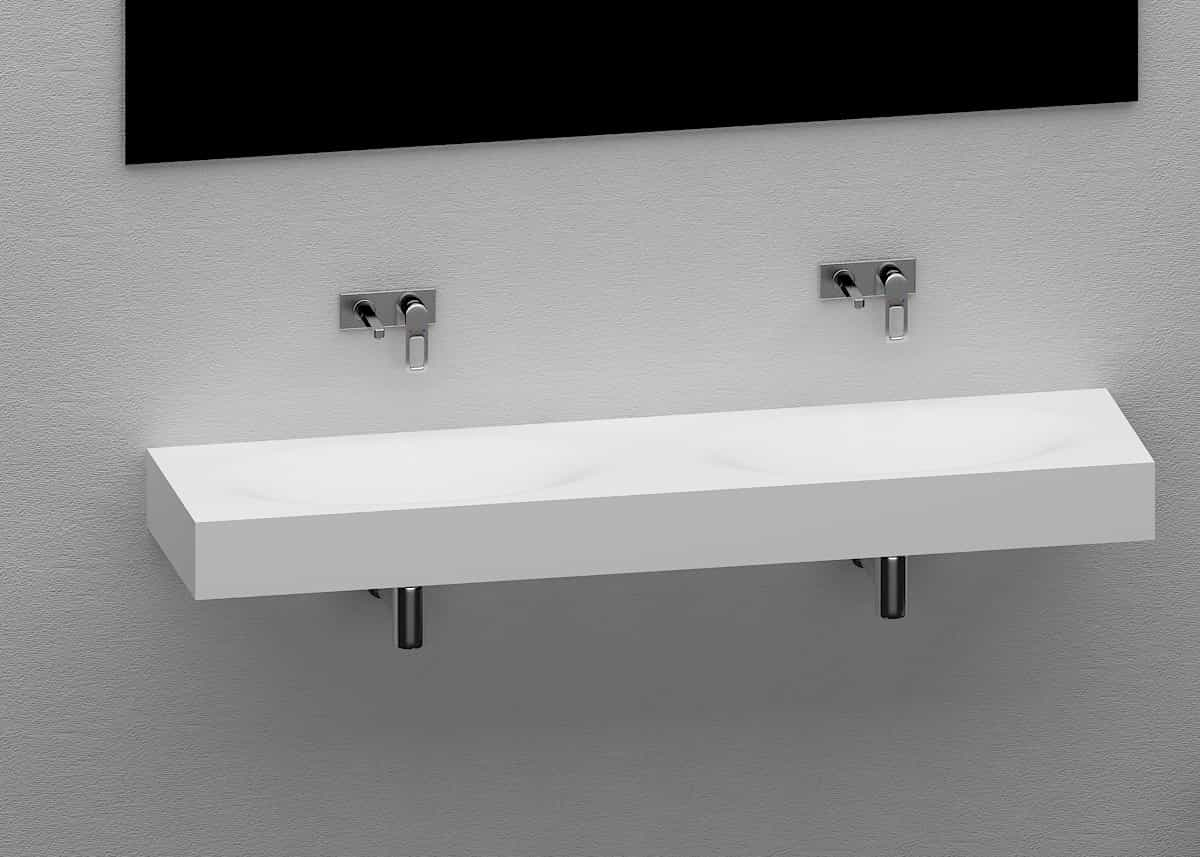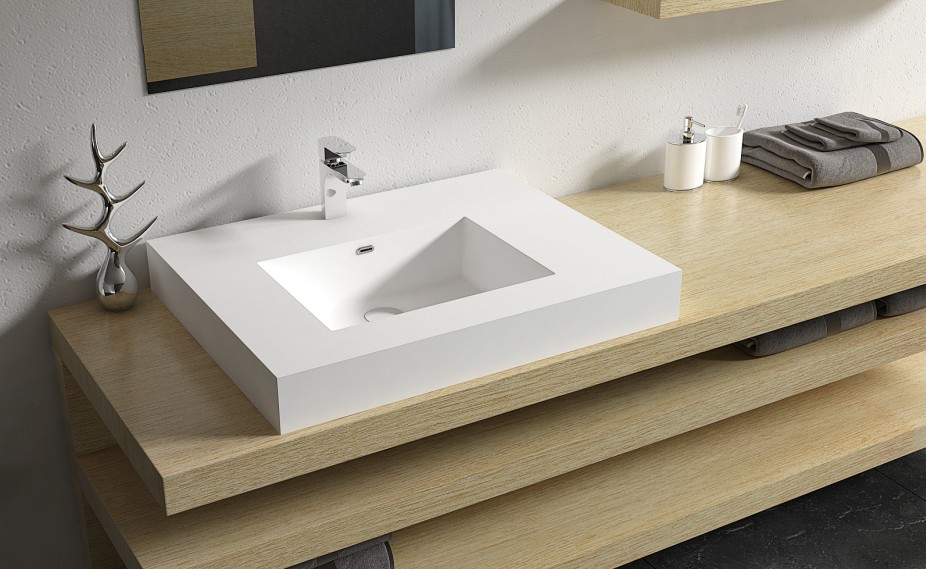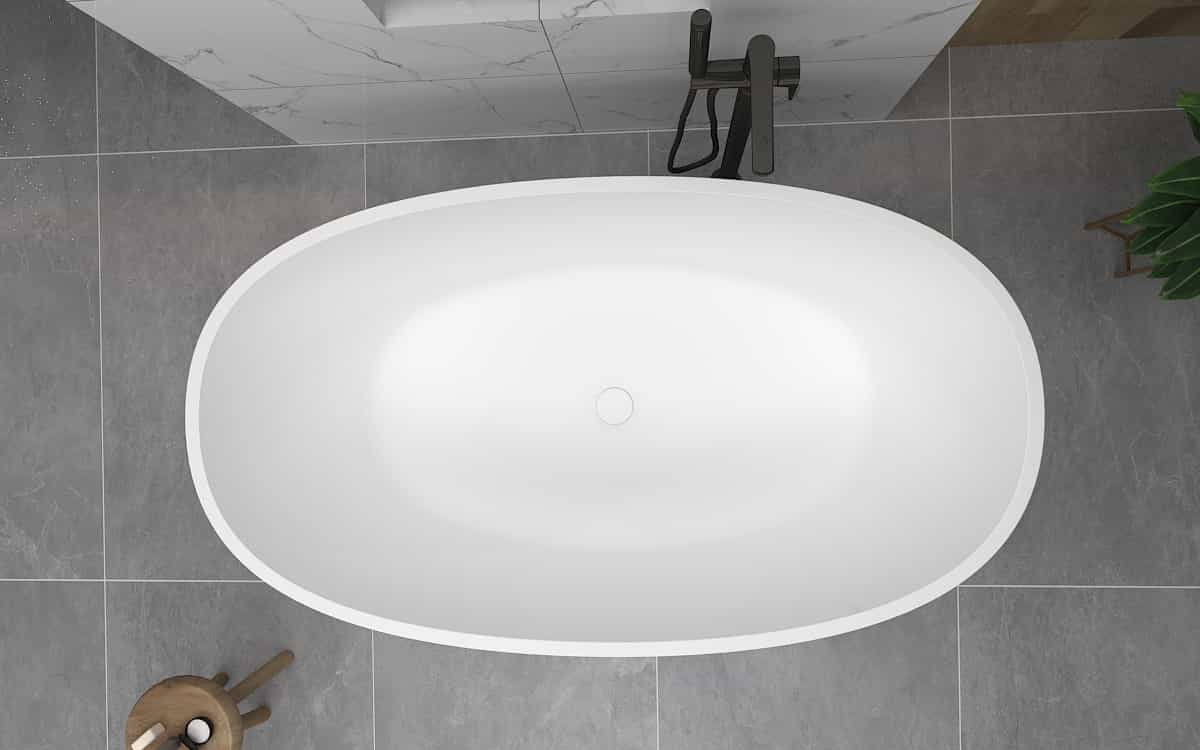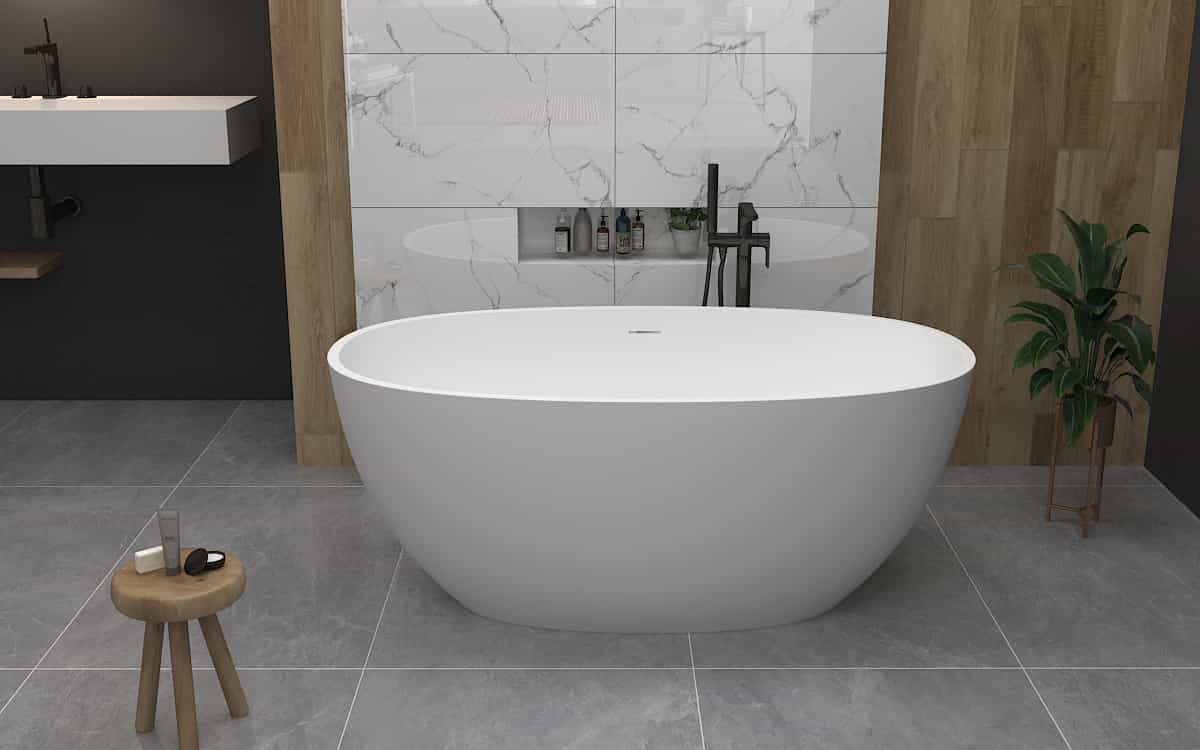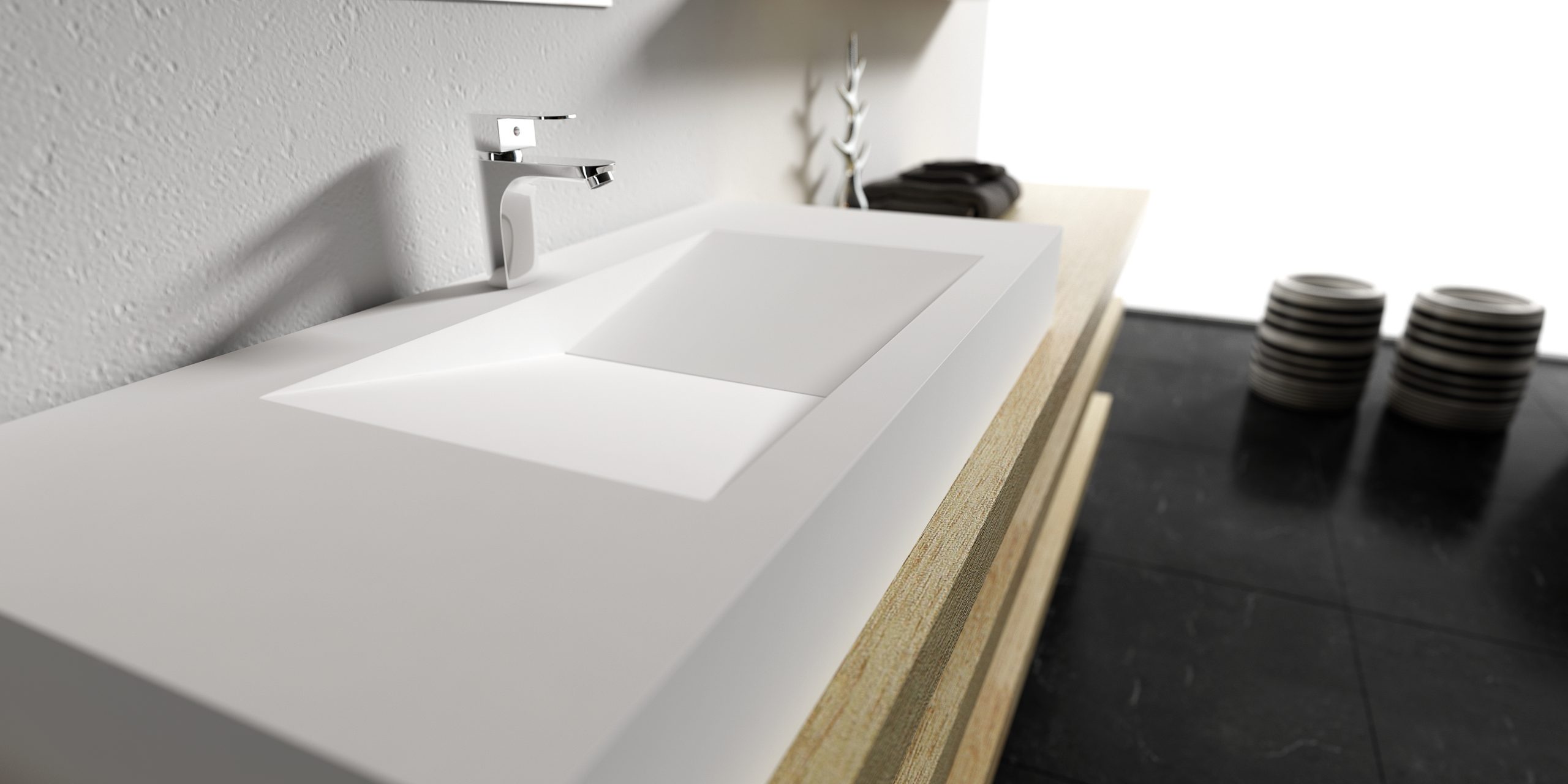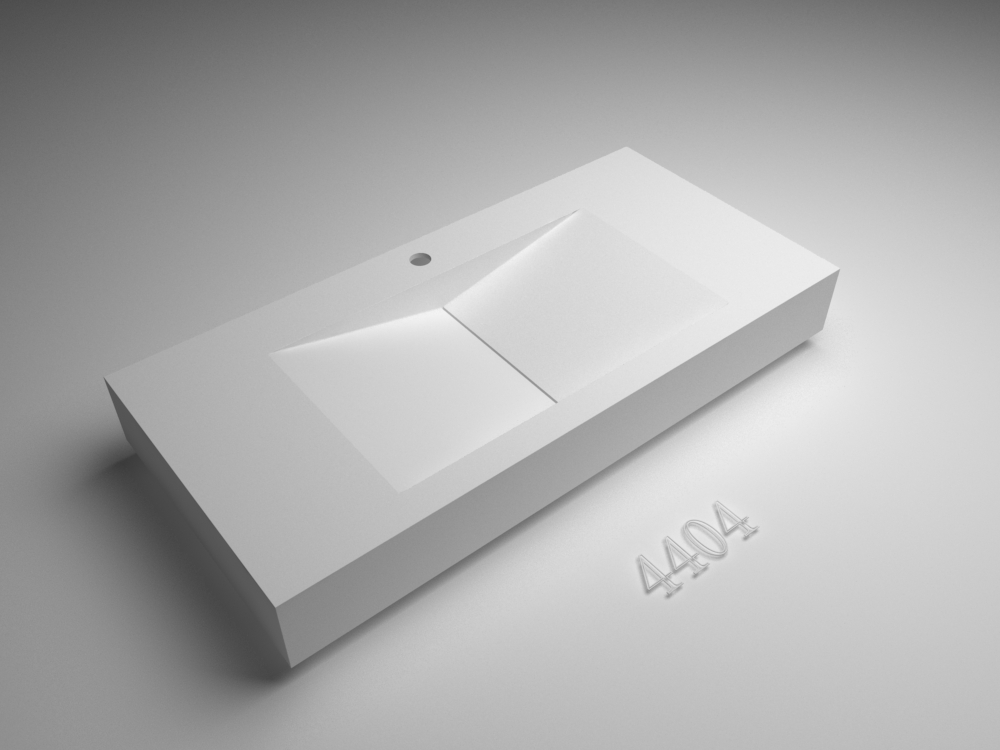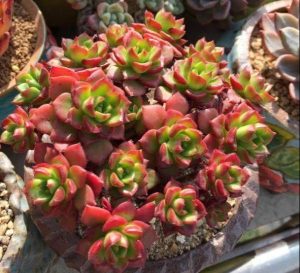
Succulents are also known as succulent plants and succulent plants. Succulents can absorb carbon dioxide, release oxygen, purify the air, absorb radiation and other effects in a room. There are tens of thousands of succulent species, the most common succulents are: aloe vera, kaiten, ethereal heart, angel’s tears, ki star euphorbia, yucca, minggui, raw stone flower, rainbow jade and so on. The following follow career knowledge to understand it!
1, flower pot requirements.
Pottery pots absorb water very well, the problem of watering more water is not much, can alleviate the negative effects caused by overwatering, but the weight of the pottery pots increase after absorbing water, which requires a sturdy flower frame. Purple sand pots between the permeability of tile pots and porcelain pots, as usual to raise succulent plants to use purple sand pots. Purple sand pots need to pay special attention to the level of thinness of the wall, the more thin-walled purple sand pots, the stronger the permeability, the old thick wall kind of permeability and porcelain pots.
2, soil requirements.
For succulent plants, most of the cultivation soil sold on the market has certain limitations, so the experienced hobbyists prepare their own. What kind of cultivation soil is considered high quality? Simply put, it should be a loose, breathable, well-drained, sandy loam with a certain agglomerate structure that can provide the nutrients needed for the plant’s longevity. When preparing the soil, we should pay attention to the reasonable combination of organic and inorganic plant materials, and stop the meticulous and small dust.
The following are some common substrates for succulent plants.
1、Organic planting material
① Rotting leaf soil: You can use the monarch soil sold in the market, or you can compost and ferment the leaves of deciduous fir or beech tree on your own network, and disinfect it when you use it.
② Peat: It is a lake and marsh plant that has been buried underground for thousands of years, and is now better produced in Jilin and Heilongjiang. High-quality peat is brown in color, high in organic matter, good in fiber, loose in texture, non-sticky to the touch, strong in adsorption, and slightly acidic in PH value.
③Wood chips: water permeability and water retention are strong, but because of its own high carbon content and low nitrogen content, it is usually not only used alone, but can be mixed with some nitrogenous compounds such as soybean cake and other pile fermentation.
2、Inorganic plant material
Vermiculite: a golden light material shaped like honeycomb structure, with strong water retention and heat preservation, good ventilation and no disease. As cuttings substrate survival rate is high, but their own fertility, it is appropriate to mix other substrates used. It is easy to damage its structure after long-lasting dill. The used vermiculite should be screened before use.
② Perlite: a volcanic stone containing aluminosilicate, heated at high temperature and expanded into a lightweight material. Good water permeability and good aeration. But the useful water content is low, often used to add to make up for the material.
③ coconut bran: palm fiber, loose texture, water retention is particularly strong. Often used to cuttings. On the market is mostly seen by the compressed disposal of coconut husk in small pieces, also called “expansion soil”. When used, first soak with water open.
3, succulent plants themselves are basically composed of water. The plants that can harbor water themselves can live even without much watering. On the contrary, if you give too much water, you can not store too much water will cause decay and gradually wither. Therefore, every time you water, you should pay attention to the state of the plant. If the plant becomes thin and emaciated this is the look of needing water, if the water is already enough, then it looks fat. This is a simple way to differentiate.
Succulent plants must be hydrated at the right time for growth and development, not “dry rather than wet” as some people think. Of course, for ground plants, watering can be less frequent. For most succulents and self-rooted cacti, watering is difficult to master, mainly because of the timeliness of watering.
The best time to water succulents is in summer mornings, in winter before noon on a sunny day, and in spring and autumn in both morning and evening. As a rule, do not water from the top, otherwise there will be unsightly black spots on the spheres over time, the hairs of the hairy column species are easy to pollute the bond, and waterlogging at the growth points of the cuihua palm will cause rot. The pond water drenched in the plant easy to sin algae, just like a long moss like very ugly. The actual fact is that you will be able to get a lot more than just a few of these. For the growing winter type and central type plants, the potting soil should be kept moist and not waterlogged, and watered so that it is dry and watered thoroughly, neither waterlogged nor too dry. Summer type plants can be watered appropriately, but not excessively. If there is a rainy day or a sudden drop in temperature, stop watering.
4, placed in the place of the sunshine if what, is also an exceptionally important point. Not only succulents, but all plants have no facility to live in a place where there is no light at all. Without light, the plants will grow as weak as sprouts, and the color of the leaves will gradually fade away. If you want them to maintain a healthy and superior posture, you must be able to give them the most appropriate sunlight. Light is no substitute for sunlight, and this needs to be taken into account.
During the year, half of the species grow faster in spring. When the temperature rises, the roots of the plants flow faster and the soil in the pots dries out relatively quickly. Therefore, you should try to make up for the moisture, and water the plants thoroughly once the outside is dry.
The plants that have been kept inside the room during winter can also be moved outside during this season to fully enjoy the sunlight and wind. However, it is easy to get sunburned if you suddenly take them outside at this time of the year when sunlight becomes stronger. You can choose to take it out on a cloudy day, or take it out on a sunny day when you cover it with newspaper, and wait until the plant has adapted to the light, then take it down. The cold wave frost days, the night as usual put indoors for good.
5, hot days is a difficult season for succulent plants. In this period, the humidity is higher air moisture control, just rely on the moisture in the air succulent plants can live. You can control the watering. However, if the plant is too small, it will dry out without water for 3 months, so you can judge by the state of the leaves and choose to make up for the water in the cooler nights.
Succulent plants need to be placed in a room with attention to ventilation, please just do not place in a closed room. If there is an air conditioner in the room, it is not a big problem, but the air conditioner will also add stress to the plant, so please do not put it in a place that is directly opposite to the air conditioner vent.
It is quite important to keep a certain amount of air humidity during the growth period of succulent plants. The role of air humidity is evident when the plant enters the growing season. Species native to tropical rainforests require even more stringent requirements. Some horticultural species rich in color change are more colorful if they can maintain a fair amount of air humidity. It can be said that basically most species need a certain amount of humidity at this time. In the dormant period of air humidity mastery is to be quite serious, the first is some summer dormant flesh level higher species.
As an example, the hot days in Shanghai are typical “hot and humid” weather. The highly fleshy Pinzhong of the family of Pangolin is quite susceptible to decay. The old varieties, such as the Biotis and Teiyu, are often the biggest headaches for hobbyists in the hot weather. Likewise winter dormant varieties need to be kept somewhat dry. This should be given considerable attention after the temperature falls below 5 degrees. When the temperature continues to fall to 0 degrees or lower. At this point if the humidity is high is often fatal and can be lethal overnight. However, most of the northern metropolis is more dry in winter. This “wet and cold” weather in some of the southern part of China will be more common
6, people have the impression that succulents are not hardy, not easy to winter. In order to prevent frost when the temperature is low, you should cut back on the frequency of watering. After less water, the concentration in the succulent plant becomes high and not easy to freeze. As with summer, control watering. Rarely, non-hardy varieties can be left out of watering altogether.
The leaves of non-hardy varieties will fall off and go into dormancy by completely abstaining from growing on. These varieties can be completely cut off from water until spring to await the awakening of new shoots. They must be wintered indoors, in a lighted window with daylight only. At night the plants are placed a little further away from the window to protect them from freezing.
The most suitable temperature for succulents is 15 to 28 degrees role, and temperatures in the range of 5 to 35 degrees is the limit of plant tolerance. Many commercially available succulents are not cold hardy. Although some agave and Sedum genus can tolerate some slight frost, they are not frost tolerant. The minimum temperature we give plants in all four seasons of the year is 55 degrees Fahrenheit (about 12 degrees Celsius), with some sensitive species staying above 60 degrees Fahrenheit (15 degrees Celsius). The maximum temperature depends on the weather, and most succulents are well adapted to temperatures of 100 degrees Fahrenheit (38 degrees Celsius). Prolonged high temperatures can make them dormant at best.
Of course, high temperatures can still damage the plant, especially for full sun environments such as greenhouses, where excellent air circulation is needed. The high heat and still air will quickly put the succulent to death.
7, succulent plants in the growing season to provide a certain amount of nutrition is needed, and then gradually reduce the supply of nutrients, to the dormant moment do not fertilize. As usual winter type succulent plant species and central type plants every 20 days or so to apply a well-rotted thin liquid fertilizer or compound fertilizer. The fertilizer can be applied in the morning in sunny weather, and pay attention to the fertilizer liquid not to splash on the plant. The summer type does not need to be fertilized.
8, for many succulents, you can use a sharp knife to cut cuttings from the stem to breed, any tools used to cut the plant body should be disinfected with alcohol beforehand. It is advisable to cut the head in the middle of April every year, just leave three to four leaves underneath, and then dry the cuttings for five days, and then cuttings.
Succulent plant seeding cuttings breeding
1, sowing: the advantage is that you can get a large number of seedlings at once, in succulent plants, in addition to a few species can self-pollination, most belong to insect-borne flowers or bird-borne flowers, you must accept artificial pollination to effect. The seeds of succulent plants have a short life span, such as the seeds of the light tang have a life span of only a few weeks. As usual, the seeds of succulent plants, stored at room temperature conditions for 1 year, the germination rate will soon decline. For this reason, many succulents are sown immediately after seed maturity or stored in the following spring. Different families of seed germination time also differs, early 2 days can germinate, late to 25 days will germinate.
2, leaf plug: often exercise the fat leaves placed in a slightly moist sand bed or loose soil, will soon be rooted, in the base of the leaves grows out of the adventitious buds, the formation of small plants, such as the sky chapter, stone lotus, large leaves rooted.
3, stem plug: in the course of succulent plant breeding, together with pruning plastic, cut branches cut for spike, such as desert rose, purple dragon horn, tiger prickly plum, colorful cloud pavilion, etc.. In the cut section of the wound will flow out of white latex desert roses, African bush, green peaks, etc., must be disposed of thousand net, slightly dried and then cuttings, the effect is better.
4, root plug: for lily family twelve volumes of the genus control precious species of the root is very thick and vigorous, the control mature fleshy roots cut off, buried in the sand bed, the upper part is slightly exposed, keep a certain amount of moisture and bright light, can sprout new shoots from the top of the root, the formation of a complete plantlet.
5, grafting: in succulent plants, grafting is often used to breed spotted brocade and embellish the next species. Such as bully whip as rootstock, grafting spring peak; horse tooth tour tree as rootstock, grafting Yale of dance; African bully tree as rootstock, grafting African bully tree embellishment; large flower rhinoceros horn as rootstock, grafting purple dragon horn, etc., appreciation effect. However, in the grafting process, because the plant contains white emulsion, sticky. Thus, the grafting operation to try to quickly and skillfully, in order to achieve success.
6, planting: planting is the easiest and safest way to breed succulents. As long as the succulent plants with rosettes or clusters of leaves can be bred through their sucking buds, walking stems, bulbs, tubers and plantlets, which can be held in the spring when the pots are changed. Of course, species of succulents with spotted brocades, such as the golden-edged tigertail orchid, the royal princess thunder god brocade, the nocturnal city brocade, and the green jade fan brocade, must be bred through too many branches in order to keep their species pure.








